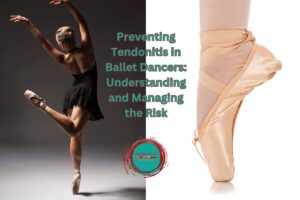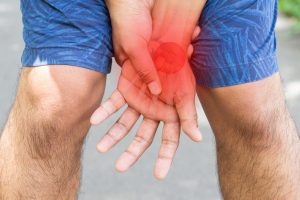These are questions I often get asked about Pilates…
Have you fancied giving Pilates a go but not sure what it’s all about? It’s been advised as an appropriate form of exercise for you and your body but you have no idea what they’re talking about? Read on…
Traditionally, Pilates has always focussed on strengthening the ‘powerhouse’ – the area between the lower ribs and the hips, initially labelled by Joseph Pilates when he developed a sequence of exercises whilst working as an intern as a POW on a hospital ward. This then developed into the opening of the first studio by Joe and his wife Clara in New York in 1926, where his main clients were dancers and gymnasts who were rehabilitating following injury. He believed that injuries were caused by imbalances in the body brought about by overcompensation in some areas due to weakness and misalignment in others. The main aims of the ‘Pilates’ exercises were to address misaligned movement, movement re-education and the prevention of injury.
From the traditional 34 mat work flowing movements, Pilates has now developed into many forms and styles and here at Central Health Physiotherapy we mostly teach Clinical Mat Work Pilates, based on the APPI method. Based on research, the exercises have been broken down so that they can be completed safely, yet progressed for those following injury. Some of the traditional exercises have limited application as they involve long lever movements with the spine in high degrees of spinal flexion, placing large compressive forces on the spine, and therefore have been removed from the Clinical Pilates programme. However, the aim is the same with an end goal of functional restoration.
The exercises involve low level activation of central core muscles whilst completing increasingly challenging flowing body movements, initially starting non-weight bearing, progressing to more functional positions. With Clinical Pilates, there is a focus on tailoring the exercise selection to the client and their functional needs, whereas Traditional Pilates tends to follow a sequence of moves.
What this has meant is that Pilates is now available to all and can be used as a form of rehabilitation following a wide variety of aches and pains. Pilates can strengthen and physically condition your body, and improve flexibility, suppleness and posture. It can also assist in the reduction of stress due to the concentration required to perform the exercises with the correct body part, but doesn’t require thinking so hard that you become stiff and tense. What it is unlikely to do is produce any significant aerobic benefits!
For more information regarding the Pilates classes held at Central Health Physio sites, please see: Pilates at Central Health Physiotherapy




Comments